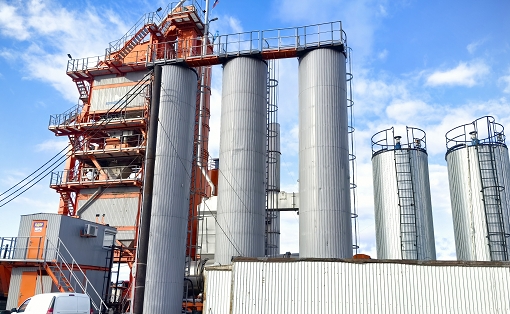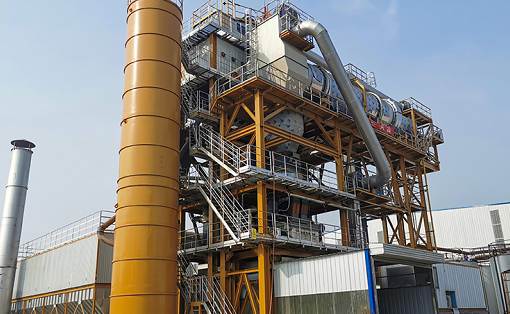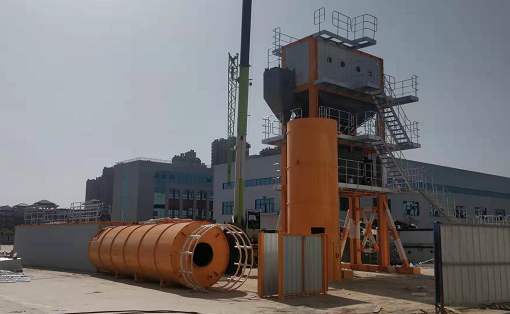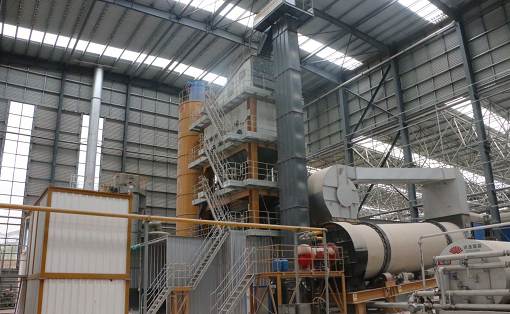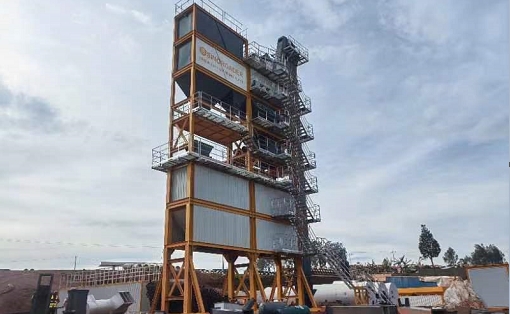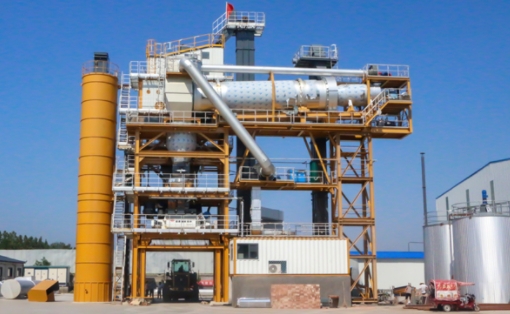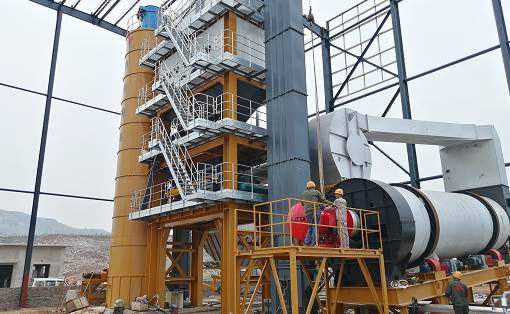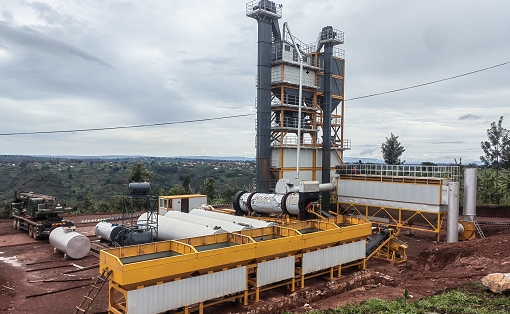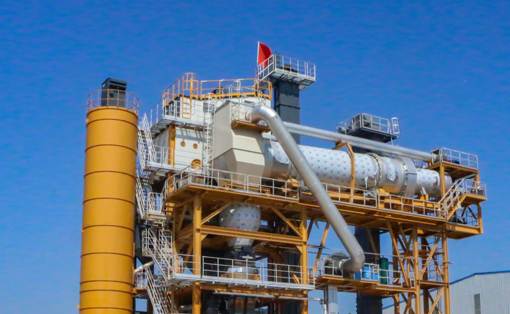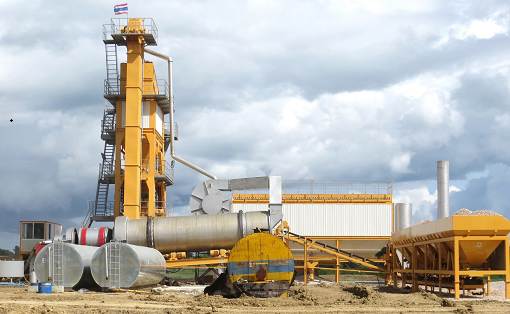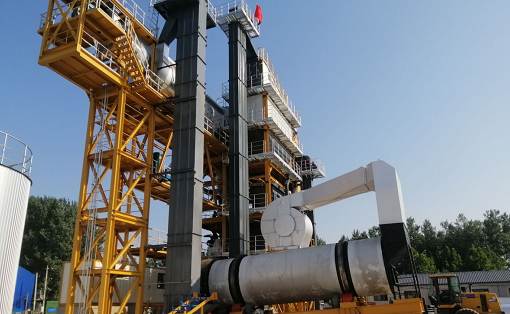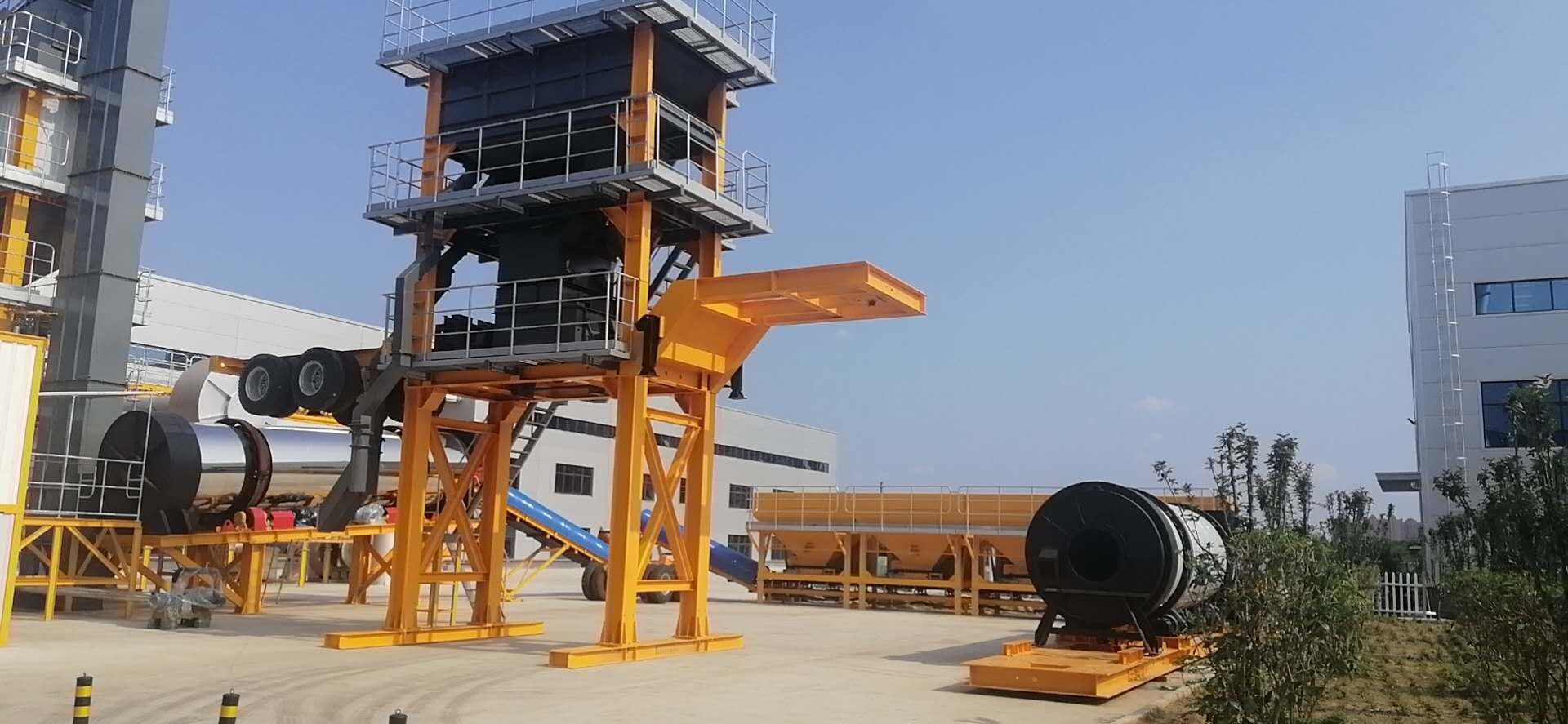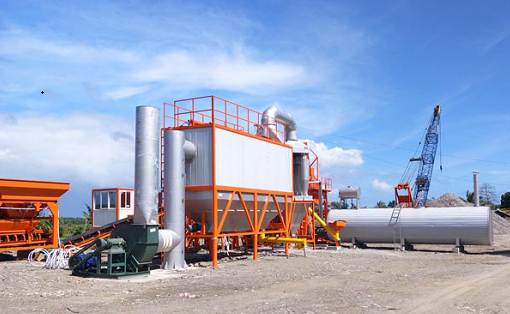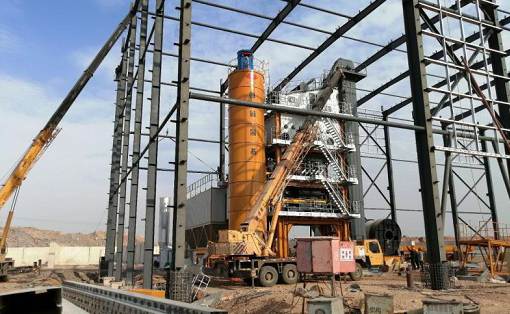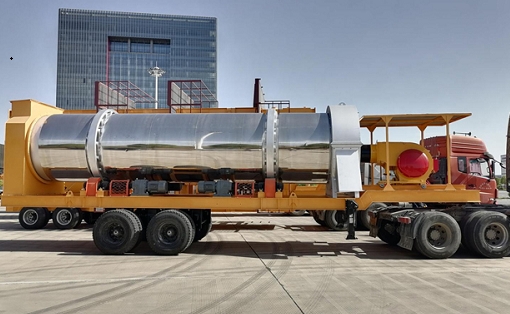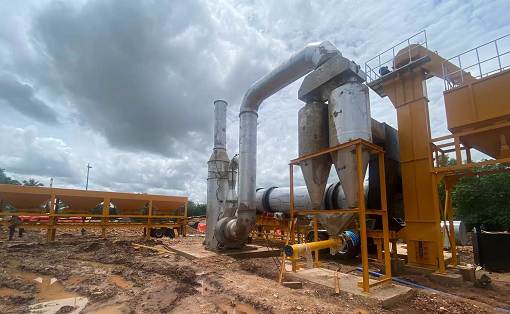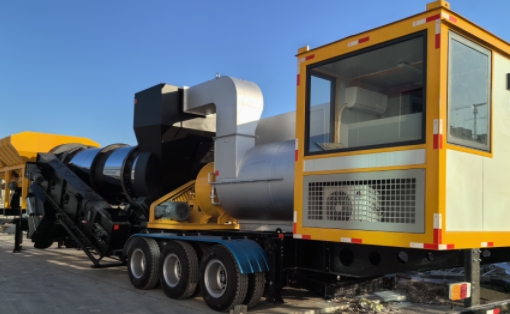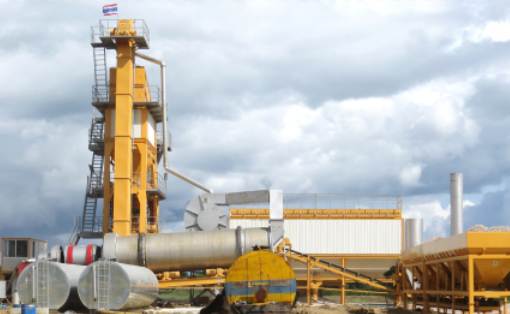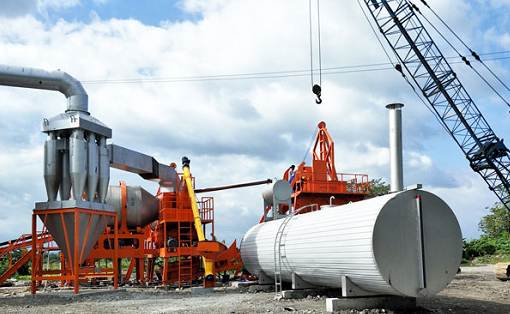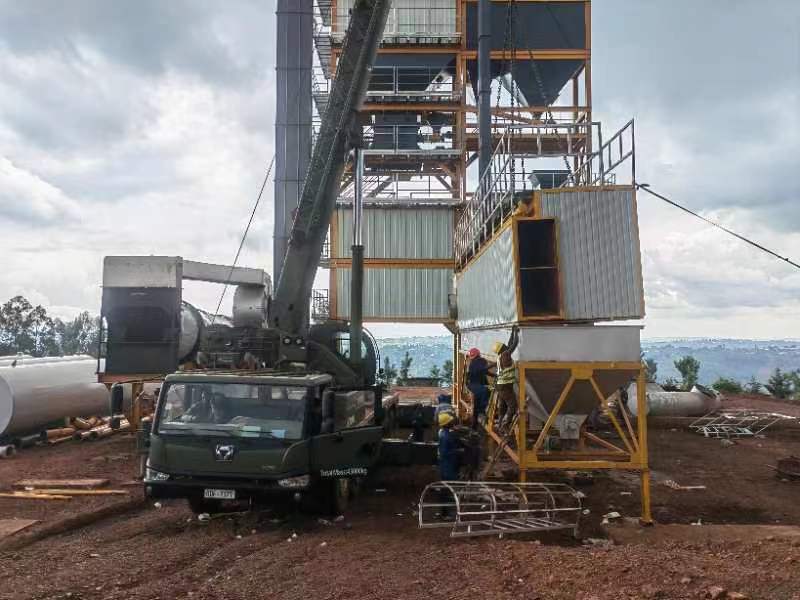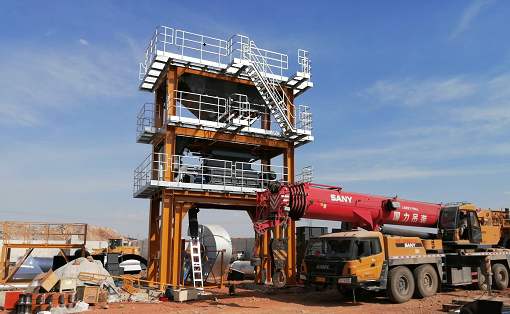Land selection for environmentally friendly asphalt mixing plants
1: The site should be located on higher ground and away from residential areas and densely populated areas.
2: The venue should consider the transportation distance and choose a location with convenient transportation.
3: Determine the website construction plan according to the terrain
1: The site should be located on higher ground and away from residential areas and densely populated areas.
Because part of the equipment of the mixing station is installed below the ground, in order to avoid continuous rainfall. The equipment will suffer disaster, and the changing aggregate moisture content will affect the concrete quality. Quality accidents are prone to occur. Therefore, during site construction, attention should be paid to the construction of drainage pipelines and sand and gravel quarries. With the rapid development of cities. As the city continues to expand, environmental protection requirements will become more and more stringent. Gravel vehicles are prohibited from traveling on urban roads, so concrete mixing plants should be built far away from the urban area.
2: The venue should consider the transportation distance and choose a location with convenient transportation.
During the transportation of concrete, it must be ensured that concrete segregation and other ferry losses are controlled within the specification. Consider shipping time constraints for commercial concrete. Sinoroader believes that the economic operation radius of commercial concrete should generally be controlled at 15-20km. Moreover, the mixing station needs to transport a large amount of raw materials and commercial concrete, and convenient transportation is conducive to reducing transportation costs.
3: Determine the website construction plan according to the terrain
Concrete stations should be built in areas with relatively uneven terrain. Generally, the upper layer is a sand and gravel aggregate field, and the lower layer is the mixing station host and underground reservoir. In this way, the registered aggregates can be easily unloaded into the batching station through the loader, and it is very convenient to collect rainwater. A reasonable layout based on the terrain can lay a solid foundation for future production.

